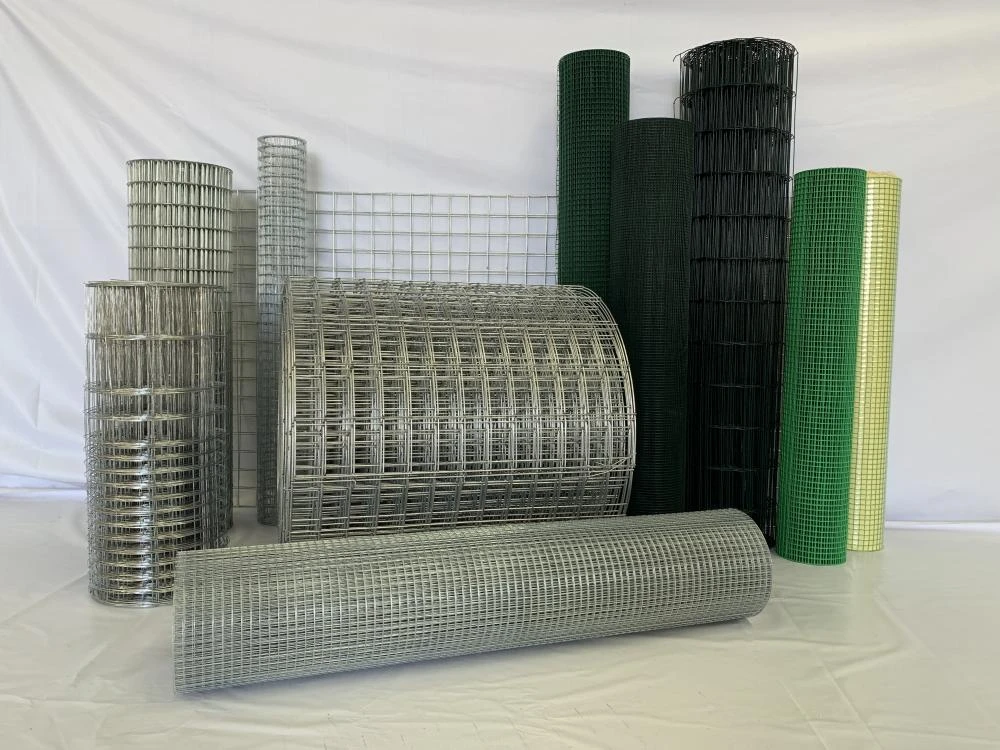hard wood flooring nails
The Importance of Choosing the Right Nails for Hardwood Flooring
When it comes to installing hardwood flooring, one of the often-overlooked aspects is the type of nails used during the installation process. While it might seem trivial compared to the aesthetics of the wood itself, the proper selection of nails is crucial for both the longevity of the flooring and the overall quality of the installation. In this article, we will explore why nailing is essential in hardwood flooring, the different types of nails available, and some best practices for ensuring a successful flooring project.
Why Nailing Matters in Hardwood Flooring
Hardwood flooring is typically installed by either nailing or gluing the boards to the subfloor. Nailing is a traditional method that provides sturdy and long-lasting results. The primary reason for using nails is to secure the planks firmly to the subfloor, which helps prevent movement that can lead to creaking, warping, or splitting over time.
Moreover, the type of nail used can influence the overall finish and strength of the flooring. For example, improper nail selection or installation can lead to unsightly blemishes, uneven surfaces, and even structural issues down the line. Therefore, understanding the different types of nails available and how they can affect your flooring is essential for any DIY enthusiast or professional contractor.
Types of Nails for Hardwood Flooring
There are several types of nails specifically designed for hardwood flooring. Each has its unique characteristics and applications
1. Cleat Nails These nails feature a barbed design that helps grip the wood securely. Cleat nails are ideal for tongue-and-groove flooring and provide a strong hold, reducing the risk of movement over time. They are commonly used in nail-down installations.
2. Brad Nails Smaller and thinner than cleat nails, brad nails are often used for trim applications rather than for securing the boards themselves. While they can be effective in certain scenarios, they are not recommended for the primary nailing of hardwood floorboards due to their lack of holding power.
3. Finish Nails Like brad nails, finish nails are used for trim work and securing smaller pieces of wood. They are typically used in conjunction with other nailing methods but are not the best choice for installating flooring.
hard wood flooring nails

4. Staples While not nails in the traditional sense, staples are also a popular choice for fastening hardwood flooring. They can deliver a similar level of holding power as cleat nails and are often used for engineered hardwood floors.
5. Roofing Nails Though rarely recommended for hardwood flooring, some DIYers may consider the use of roofing nails because of their availability and cost-effectiveness. However, these nails are not designed for flooring applications and can lead to problems such as rusting or inadequate holding power.
Best Practices for Nailing Hardwood Flooring
When it comes to nailing your hardwood flooring, it's essential to follow best practices to ensure a successful installation
- Select the Right Length The length of the nails should depend on the thicknes of your flooring and the size of the subfloor. A general rule of thumb is to use nails that are at least 2.5 times the thickness of the flooring.
- Use a Pneumatic Nailer Using a pneumatic nailer can significantly ease the process and improve accuracy. These tools are designed to drive nails quickly and efficiently, which can save time and effort.
- Maintain Consistent Spacing Space your nails evenly to distribute the weight of the flooring properly. Typically, nails should be placed about 6 to 8 inches apart for optimal support.
- Check Your Work After nailing down the floorboards, inspect for any loose boards or uneven surfaces. Address any issues promptly to avoid complications later.
Conclusion
Nailing is a critical component of hardwood flooring installation that deserves careful attention. By choosing the right type of nails, following best practices, and ensuring a solid installation, you can enjoy your beautiful hardwood floors for many years to come. Whether you're a homeowner looking to undertake a DIY project or a contractor working on a client’s home, never underestimate the importance of selecting the appropriate nails for hardwood flooring.
-
Space-Saving Chain Fence Hacks Vertical Gardening with Cyclone MeshNewsJul.16,2025
-
Innovations in Iron Nail Wire Production for Modern ConstructionNewsJul.16,2025
-
Creative Uses of Wire Netting Fence in Modern Landscape DesignNewsJul.16,2025
-
Barbed Wire Fence Innovations in Anti-Climb TechnologyNewsJul.16,2025
-
Architectural Uses of Umbrella Nails for Aesthetic Roof DesignsNewsJul.16,2025
-
Architectural Uses of Razor Barbed Wire in Secure Urban DesignNewsJul.16,2025




